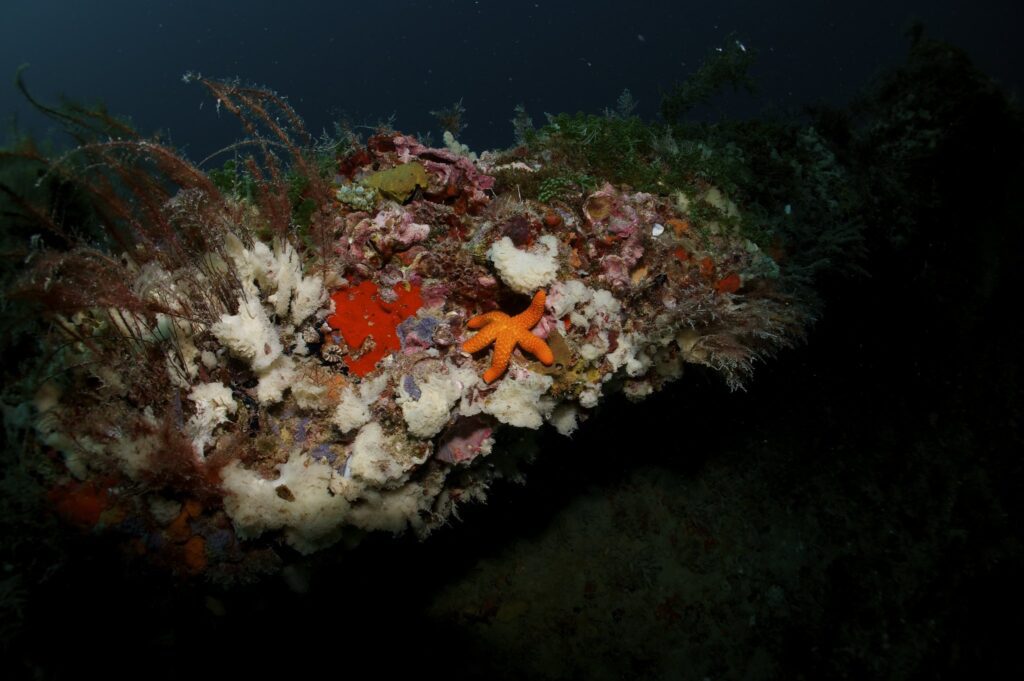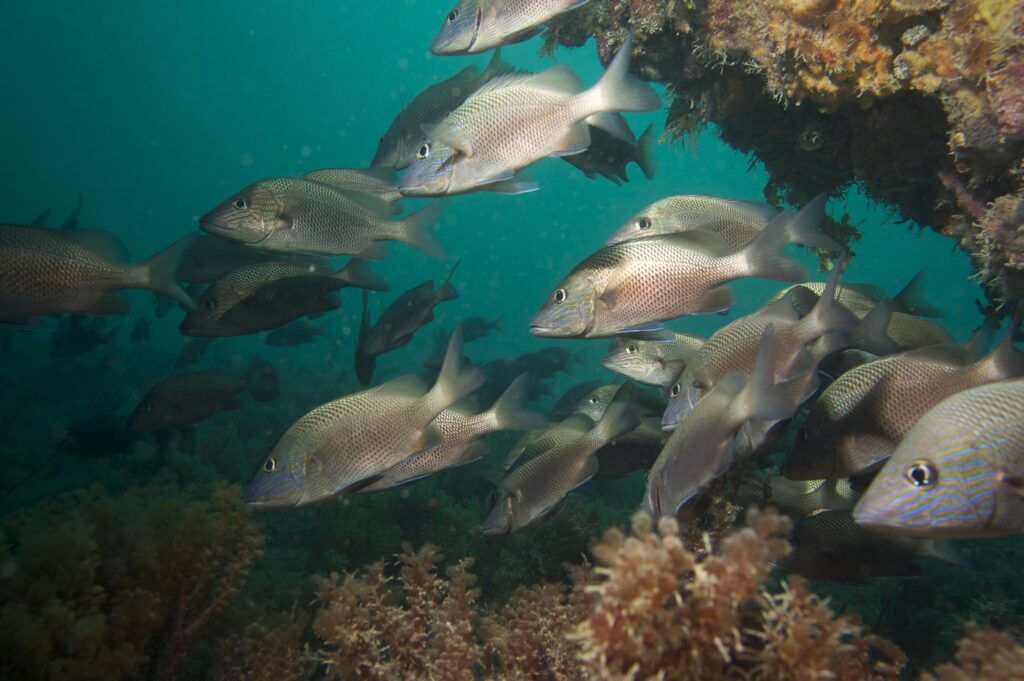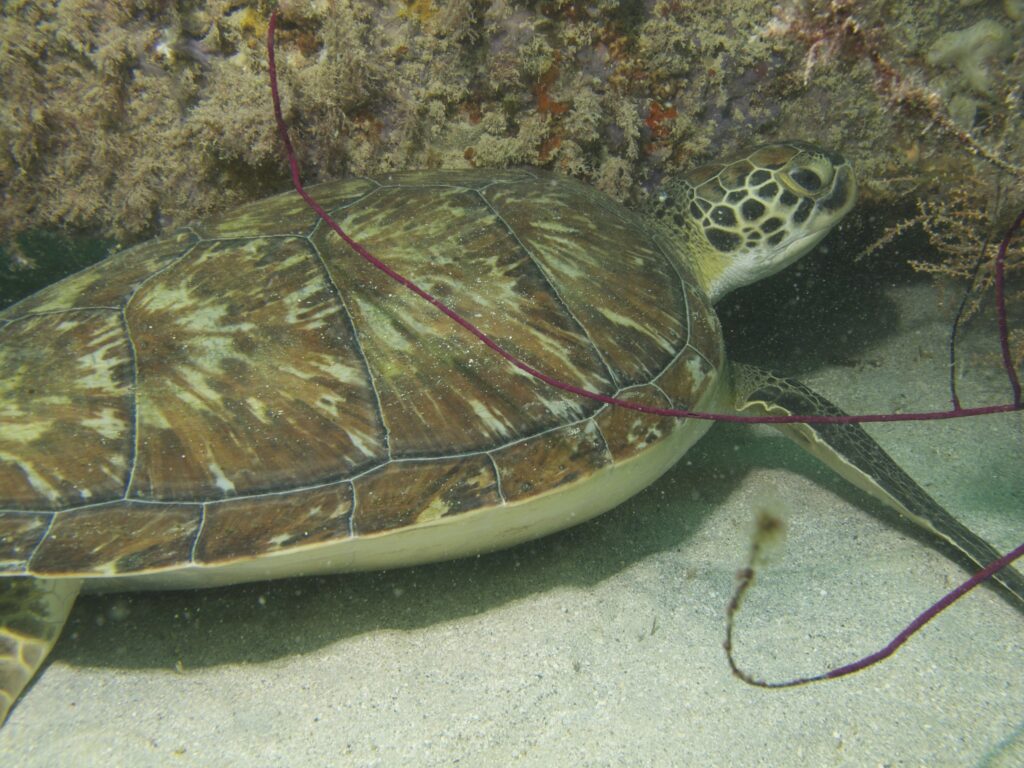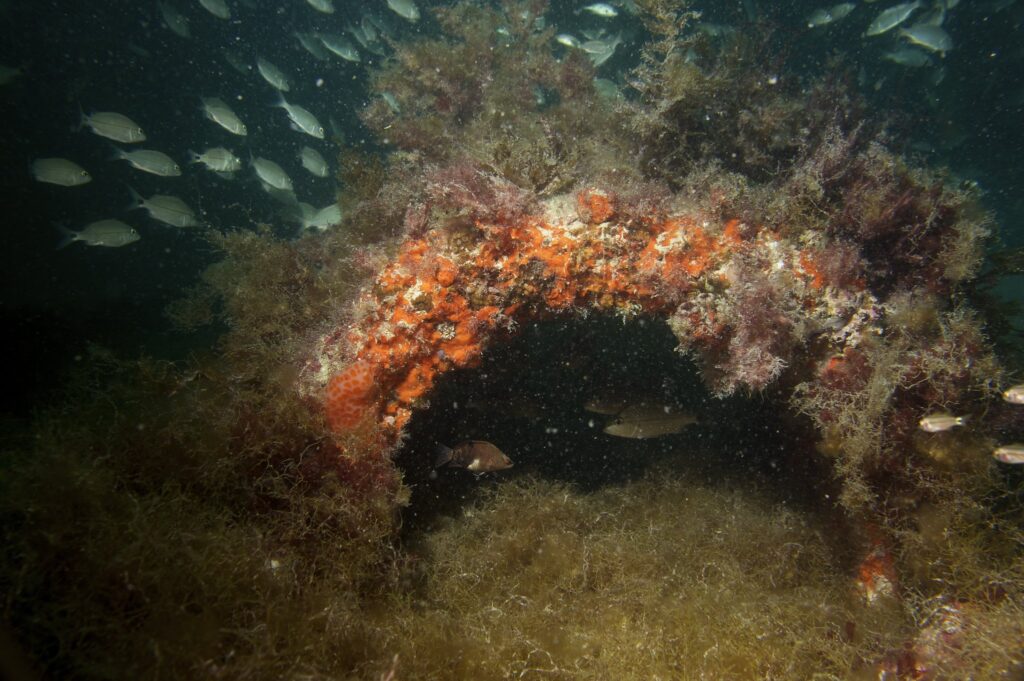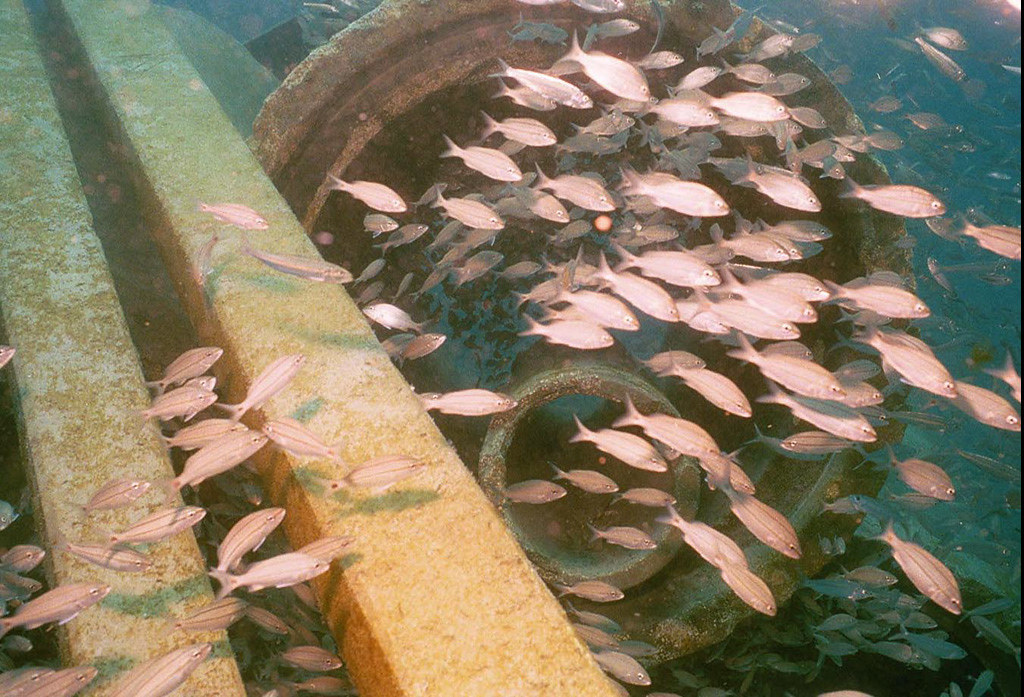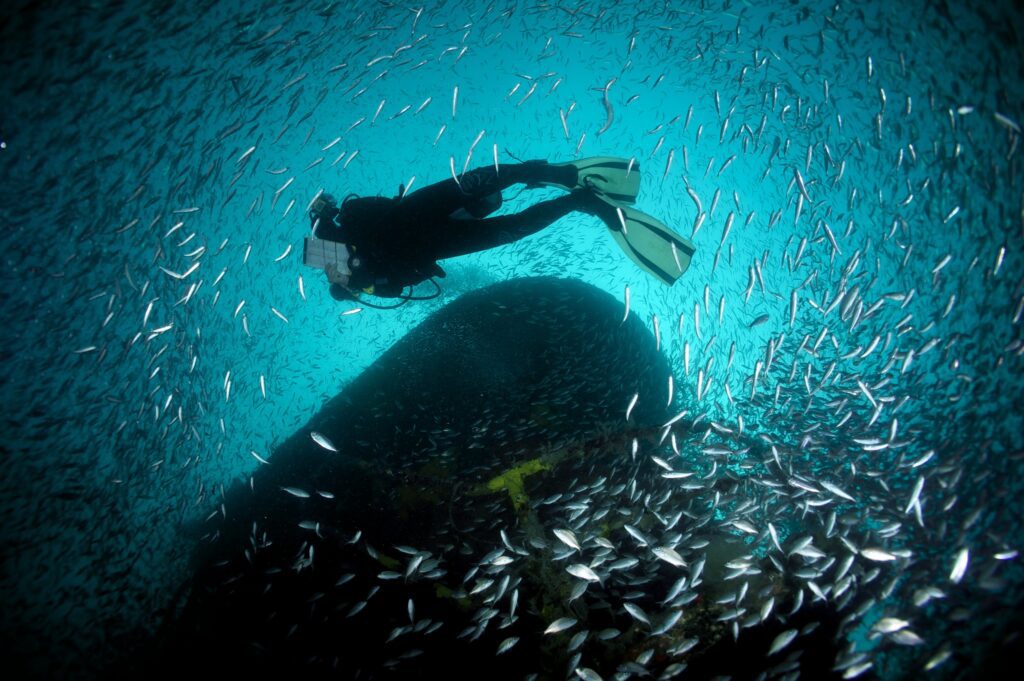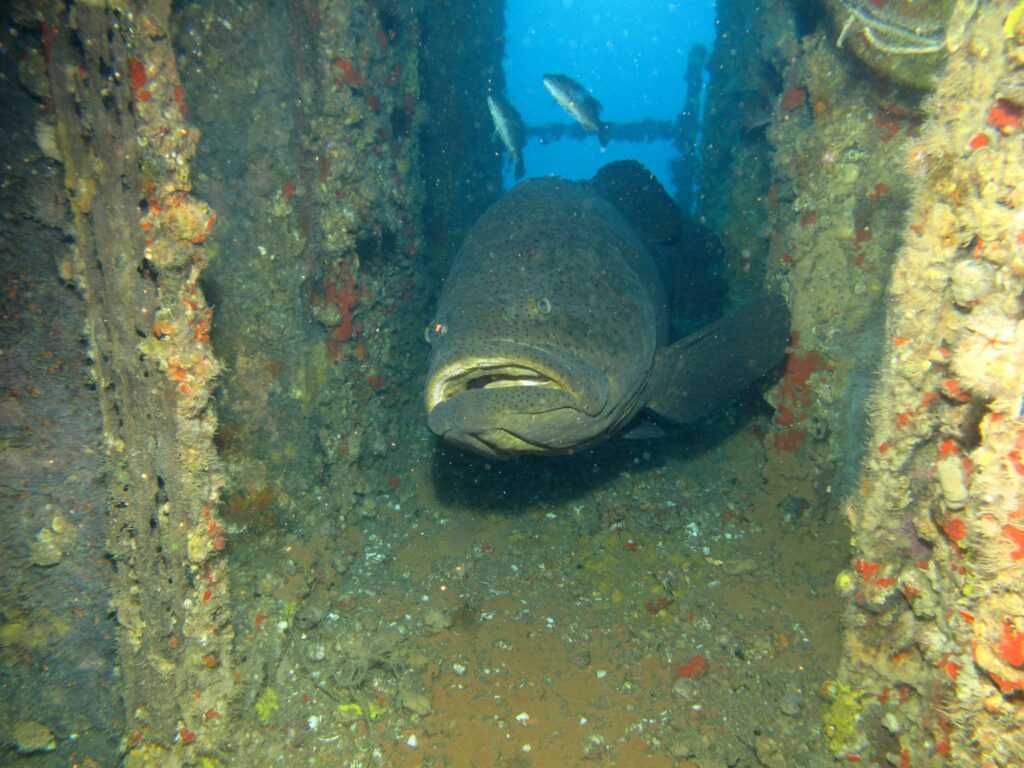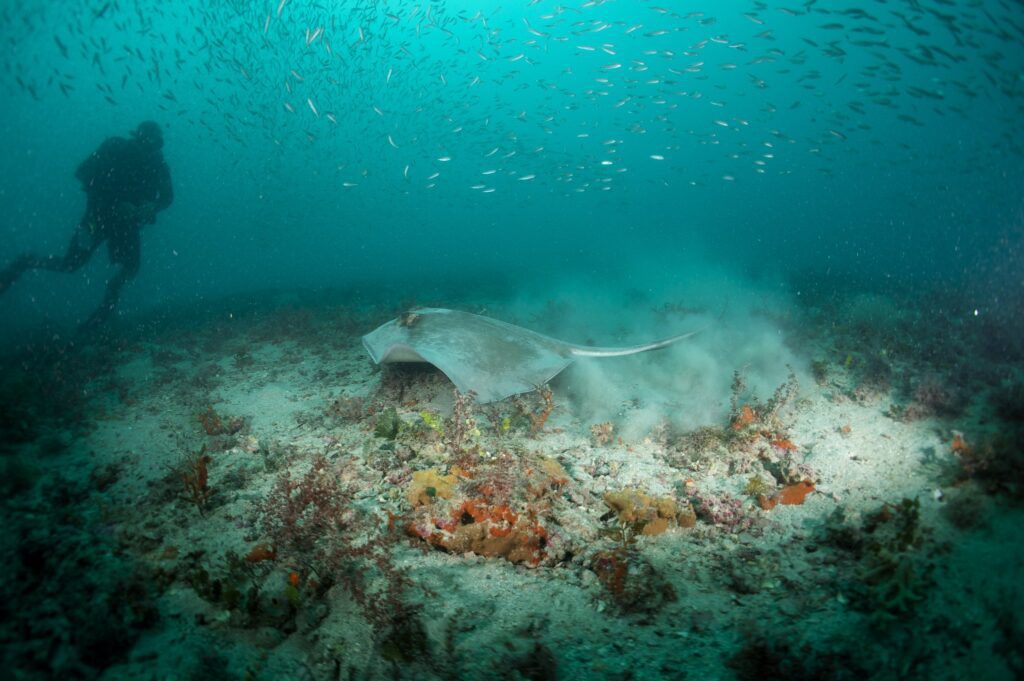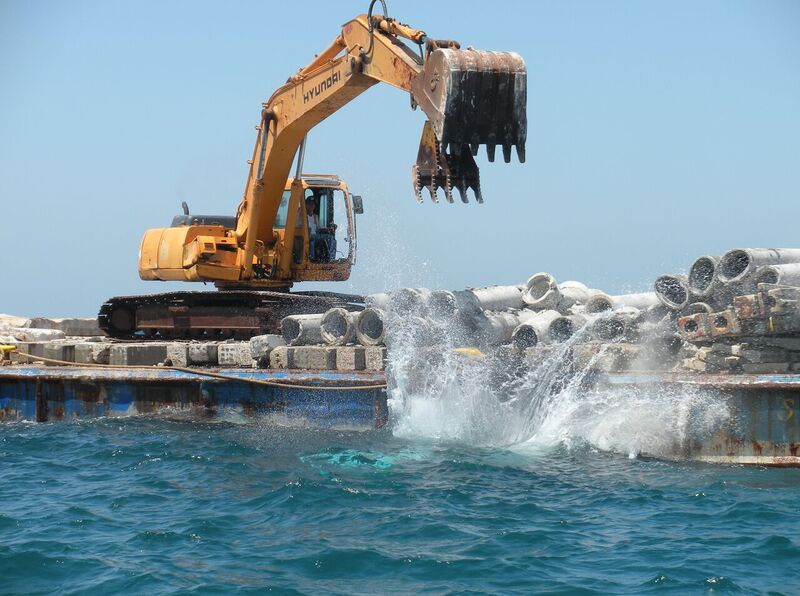Artificial Reef Program
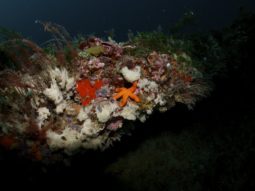
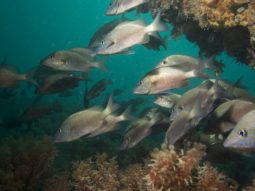
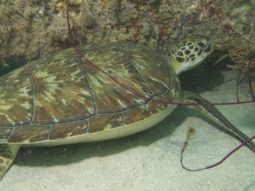
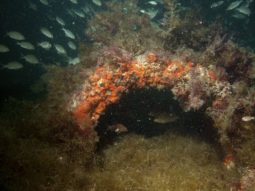
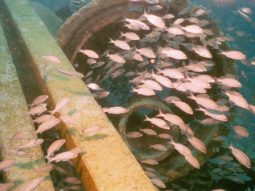
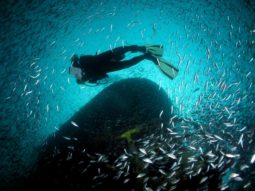
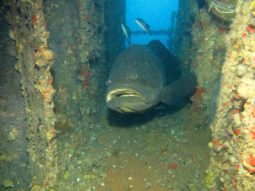
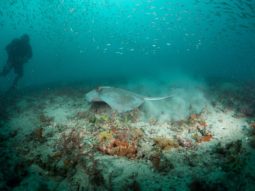
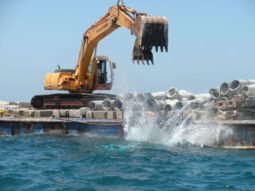
An artificial reef is a human-made, underwater structure built to encourage marine life. In 1975, Pinellas County Solid Waste began creating artificial reefs from clean, inert debris such as concrete. Since then, about 50,000 tons of reef material have been placed.
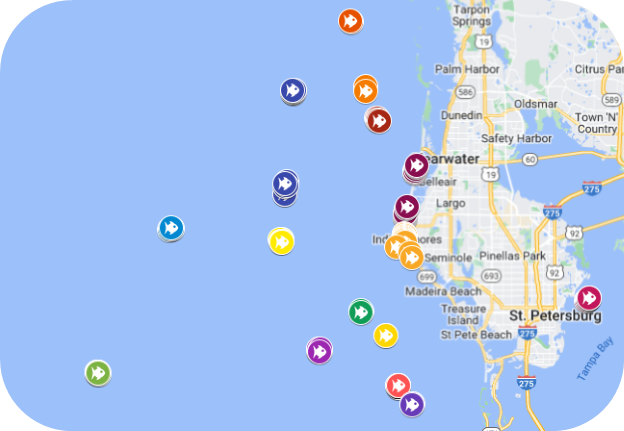
Environmental benefits
Artificial reefs provide valuable underwater habitats for marine life. The reefs are constructed from environmentally-safe building and demolition debris. Items such as concrete pipes, steel beams, or entire ships are carefully placed on the gulf or bay bottom. Within about two weeks, algae and barnacles attach to the reef material. Soon, fish come to feed on these creatures. Within a year, the reef begins to support coral growth.
Learn more about artificial reefs:
- Visit this FAQ.
- Visit Florida Sea Grant’s publications, select “Artificial Reefs” under the “Topics” tab, then select articles on subjects, such as why they are built, their effects on fish, etc.
Recreational and economic impacts
With 588 miles of coastline and 35 miles of white sand beaches, Pinellas County is an important recreational destination on Florida’s West Coast. Artificial reefs improve diving and fishing opportunities for residents, tourists, and businesses. View this overview of the economic impact of Pinellas County’s artificial reefs. The full report, which was completed by Florida Sea Grant and the University of Florida, can be found at Economic Impacts of Artificial Reefs for Six Southwest Florida Counties.
Reef locations
There are 43 artificial reefs along the gulf coast of Pinellas County from Tarpon Springs to St. Pete Beach, located from 200 yards to 38 miles offshore.
- GPS coordinates
- Site Maps
- Flickr – reef photos donated by local divers
- Photos and videos
On March 23, 2023, the Clearwater Police Department (CPD) added a 40-foot steel-hulled sailboat to the Veterans Reef. This sailboat was obtained by the CPD through their derelict vessel program and was environmentally cleaned prior to adding it to the reef. The CPD has dedicated this reef to the late Sgt. Dan Loder, who served the department as a member of the Homicide Unit. In addition to that role, he also served as a member of the Emergency Response Team and was a field training officer. This new artificial reef can be found on our Veterans Reef located at 27°03.072N – 82°00.839W. Check out this new reef and all of Pinellas County’s other reefs on our Artificial Reef Map.
In September 2023, Pinellas County Solid Waste expanded King’s Reef in the Gulf of Mexico. This new expansion includes three new material locations in the south area of the Gulf, parallel to Tierra Verde and Fort De Soto Park. This project was funded by a grant from the Florida Fish and Wildlife Conservation Commission (FWC). Check out GPS coordinates of the reef on Pinellas County’s reef map!
Additional Resources
- Where Does It Go? Search Tool
- Recycle Guide & Downloadable Signage
- Household Chemical Collection
- Collection: Garbage & Recycling
- Hours: Solid Waste Disposal Complex
- Disposal Fee Information
- Educational Resources: Garbage and Recycling
- Recycling FAQ
- Map of Recycling Drop-Off Centers
- Artificial Reef Program
- Mulch Pickup Program
- For Businesses: Garbage & Recycling Resources
- How Mixed Recycling Works In Pinellas County
- Video Library: Garbage and Recycling
- Holiday and Gift-Giving Guide
- Pinellas Partners in Recycling
- Waste-to-Energy Facility
- Bridgeway Acres Landfill
- Solid Waste Master Plan
- Solid Waste Disposal Accounts
- Lealman Garbage and Recycling Collection
- Tampa Bay Recycles
- Why Recycling Is Important
- Discover Careers with Pinellas County Solid Waste
Updated on Nov. 30, 2023.
